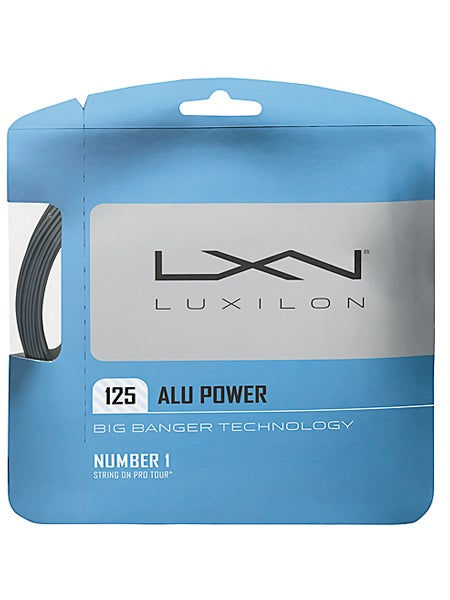GETTING TO KNOW 'HYBRIDS'...
- Zx Racquet Lab

- Apr 5, 2023
- 3 min read
Does this sound familiar? Anytime you play with natural gut or a soft multifilament nylon, the feel and playability are incredible, but the shelf life of the strings is less than a tough three-setter. On the other hand, polyesters provide much better durability, their spin production and control are exceptional, but the strings are unforgiving and a nightmare on the joints. If only there were a way to cherry-pick the best qualities from each type of string while lessening their limitations.
Hello, Hybrids...
For the uninitiated, a hybrid is when two strings are combined into one string bed. The most common on the pro tours right now features a strong, endurance string—such as a polyester like Luxilon—in the mains (the strings that go up and down) and natural gut or a soft multifilament in the crosses. The mains are typically the first to snap, so putting a long-lasting string there will increase the longevity of the racquet, plus there’s still the benefit of good spin production and control. By using the softer strings in the crosses, it decreases the harshness that can be found in a full bed of poly without suffering inadequate durability. It’s not quite the best of both worlds, but it’s a pretty close compromise.
Reversing the pattern—soft strings in the mains, tough strings in the crosses—results in a more comfortable hybrid as the emphasis shifts to the more forgiving strings. Players who are not frequent string-breakers, those who like to restring their racquets more often, and those who prefer a cushier string bed will like this setup. Durability is not as impressive, but there’s greater feel. Roger Federer doesn’t worry about breaking strings—he changes racquets with each ball change—and bases his game on precision. He opts for this type of configuration: natural gut in the mains and Luxilon Alu Power Rough in the crosses.
Another benefit of hybrid stringing is it can lower the cost of an expensive string. Say natural gut is a player’s preferred option, but the high price tag coupled with frequent restringing makes it too costly. Using a cheaper, tougher nylon in the crosses will increase durability and lower the overall cost. Will it feel exactly like a full set of gut? No. But the minimally damaging effect on overall playability is a worthwhile concession. Same goes for lowering the price on a high-end polyester by combining it with a cheaper alternative.
The increase in popularity and demand of hybrids has prompted many string manufacturers to prepackage hybrids. Instead of needing to buy two full sets of different strings and cutting them in half, companies are putting half-sets in one package. This makes things simpler for the consumer and the stringer. However, some manufactures do impose a “convenience” charge by pricing the pre-package hybrid slightly higher than the cost of buying two full sets of the same strings and doing the combining yourself.
Mixing your own might be a necessity anyway, since the two strings you want to play with are not made by the same company. This presents one of the drawbacks of hybrids: the possibilities are endless. With so many variations available, a player can go crazy searching for the perfect blend. There’s also an issue of finding the right string tensions. Conventional wisdom is that a polyester should be strung a few pounds lower than the gut or soft multifilament to better balance out the feel of the string bed. That kind of tinkering—two different tensions in one racquet—can also prove to be a challenge. Still, those meticulous, discerning players who like the utmost refinement in their strings are more than willing to explore the playing potential of hybrids.




Comments